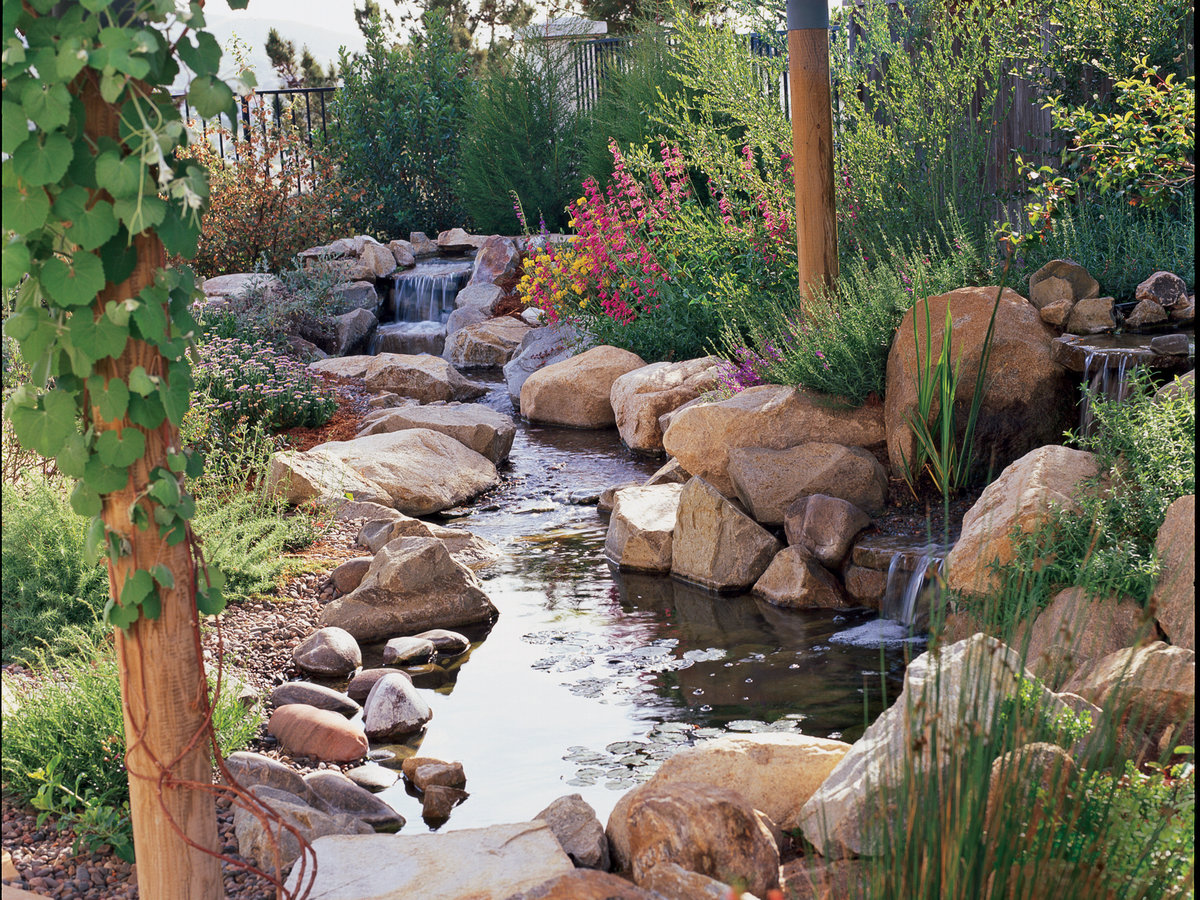 illustration from Sunset Magazine
illustration from Sunset Magazine
Backyard Nature Discovery: A Kid's Guide to Exploration
Transform your backyard into a living laboratory for kids! This guide provides parents and educators with tips and activities to foster curiosity and a lifelong appreciation for nature.
Why Backyard Exploration Matters
In today's digital world, connecting with nature is more important than ever. Backyard exploration offers numerous benefits:
- Enhanced Physical Health: Improves motor skills, coordination, and fitness through outdoor activities.
- Improved Mental Well-being: Reduces stress, boosts mood, increases focus, and enhances creativity.
- Increased Cognitive Development: Stimulates curiosity, encourages problem-solving, and promotes critical thinking.
- Stronger Connection to Nature: Fosters a sense of wonder and respect for the environment, leading to a commitment to conservation.
- Family Bonding: Provides opportunities for shared experiences, creating lasting memories.
Turning Your Backyard into a Nature Playground
Even a small space can become a nature-rich environment. Here are some ideas to get you started:
1. Creating Habitats for Wildlife
Attract diverse wildlife to introduce kids to the natural world:
- Bird Feeders and Bird Baths: Observe bird behavior and identify species.
- Butterfly Garden: Plant nectar-rich flowers to attract pollinators.
- Bug Hotel: Build a shelter for insects and learn about their roles.
- Water Feature: Attract aquatic creatures with a small pond or bird bath.
- Leave Leaf Litter: Provide shelter and food for insects and small creatures.
2. Setting Up Exploration Stations
Designate areas for different types of exploration:
- Digging Zone: A designated area for digging and discovery.
- Mud Kitchen: Create mud pies and potions with pots, pans, and water.
- Nature Art Station: Use natural materials to create nature-inspired artwork.
- Observation Station: Observe plants and insects with magnifying glasses and field guides.
- Building Zone: Build forts and shelters with sticks, stones, and pine cones.
3. Engaging in Nature Activities
Fun and educational activities for backyard exploration:
- Nature Scavenger Hunt: Find items like smooth stones, feathers, or specific leaves.
- Leaf Rubbings: Create leaf rubbings and identify different leaf types.
- Bug Catching and Identification: Catch and identify insects using a net and field guide.
- Planting a Garden: Plant seeds, water, and weed to learn about plant growth.
- Stargazing: Observe stars and constellations on a clear night.
- Nature Journaling: Record observations, draw pictures, and write about backyard experiences.
- Build a Fairy House: Create a miniature house for fairies using natural materials.
Safety First: Essential Backyard Exploration Guidelines
Establish safety guidelines before starting backyard adventures:
- Supervision: Always supervise young children.
- Plant Identification: Teach kids to identify poisonous plants.
- Insect Bites and Stings: Use insect repellent and wear appropriate clothing.
- Sun Protection: Apply sunscreen and wear hats and sunglasses.
- First Aid Kit: Keep a first aid kit handy.
- Allergies: Be aware of any allergies.
- Respect Wildlife: Avoid disturbing wildlife habitats.
Adapting to Different Age Groups
Adjust activities based on the child's age and developmental stage:
- Toddlers (1-3 years): Focus on sensory exploration.
- Preschoolers (3-5 years): Introduce structured activities and encourage questions.
- School-Aged Children (6-12 years): Engage in complex activities and encourage research.
- Teenagers (13+ years): Encourage independent projects and problem-solving.
Extending the Learning Beyond the Backyard
Explore nature in other settings:
- Local Parks and Nature Reserves
- Botanical Gardens and Zoos
- Camping and Hiking
- Museums and Science Centers
Embracing the Mess
Encourage kids to get their hands dirty and provide old clothes.
Overcoming Common Challenges
- Lack of Space: Use balconies or patios for mini-gardens.
- Bad Weather: Explore nature indoors with books and crafts.
- Lack of Time: Dedicate a few minutes each day.
- Fear of Insects: Teach about the importance of insects.
Resources for Further Exploration
- Books: Nature guides and children's books
- Websites: National Wildlife Federation, Audubon Society
- Apps: iNaturalist and Seek
- Local Nature Centers: Educational programs and activities
Conclusion: Nurturing a Love of Nature
Transform your backyard into a valuable learning space and nurture a child's love of nature. Get outside and start exploring!
Call to Action: Share your backyard nature discoveries with us! Post photos and stories on social media using the hashtag #BackyardNatureAdventures.
Published on March 29, 2025
reference: Various Article on internet
Gema
Wordsmith and content writer passionate about creating high-quality content that informs, entertains, and inspires. Let me bring your brand's story to life.
All stories by : Gema

0 Comments